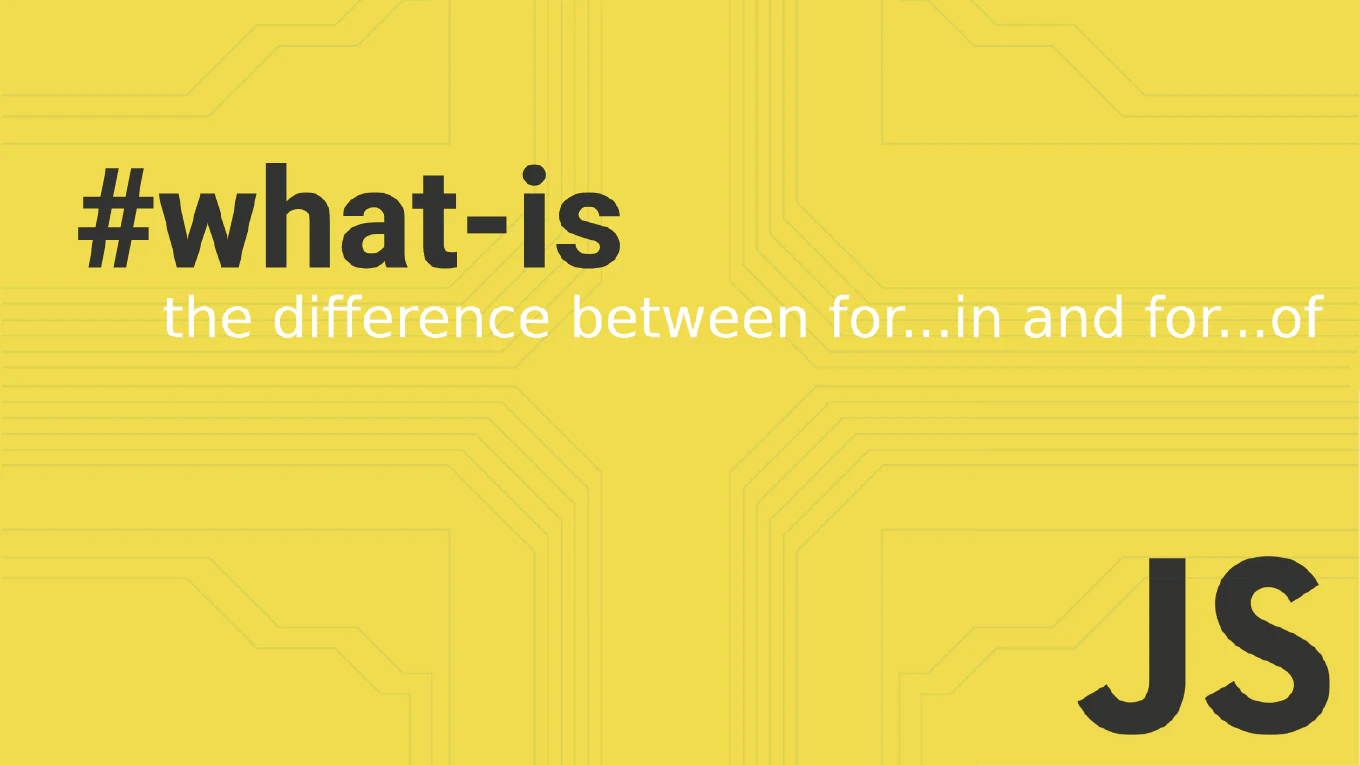How to check if a variable is an object in JavaScript
Checking if a variable is an object in JavaScript requires careful consideration since arrays, null, and functions also return “object” from the typeof operator. As the creator of CoreUI, a widely used open-source UI library, I’ve implemented object type checking in countless JavaScript utilities and data validation functions. From my 25 years of experience in web development, the most reliable approach is to combine typeof with explicit checks for null and arrays. This method accurately identifies plain objects while excluding other object-like types.
How to use optional chaining in JavaScript
Using optional chaining in JavaScript safely accesses nested object properties and methods without throwing errors when intermediate values are null or undefined.
With over 25 years of experience in software development and as the creator of CoreUI, I’ve used optional chaining extensively for API response handling, configuration access, and defensive programming.
From my expertise, the most reliable approach is using the ?. operator to chain property access with automatic null checking at each level.
This ES2020 feature eliminates verbose null checking code while providing safe navigation through complex object structures.
How to use for...in loop in JavaScript
The for…in loop iterates over enumerable properties of objects, providing access to property names for object inspection and manipulation. With over 25 years of experience in software development and as the creator of CoreUI, I’ve used for…in loops extensively for configuration processing, object validation, and dynamic property access. From my expertise, the most reliable approach is using for…in specifically for object property iteration while being aware of prototype chain inheritance. This loop type is essential for working with dynamic objects and configuration data where property names aren’t known in advance.
How to use spread operator in JavaScript
The spread operator provides a concise syntax for expanding arrays, objects, and iterables in various contexts like function calls, array literals, and object merging.
As the creator of CoreUI with extensive JavaScript experience since 2000, I’ve used the spread operator extensively for data manipulation, state updates, and component prop passing.
From my expertise, the most versatile approach is using the three-dot syntax ... to expand elements in arrays, properties in objects, or arguments in functions.
This ES6 feature simplifies common programming patterns while improving code readability and maintainability.
How to use destructuring in JavaScript
Destructuring assignment provides a clean, concise way to extract values from arrays and objects into distinct variables. As the creator of CoreUI with extensive JavaScript experience since 2000, I’ve used destructuring extensively to simplify data extraction and variable assignment. From my expertise, the most powerful approach is using curly braces for objects and square brackets for arrays with optional default values. This ES6 feature significantly reduces code verbosity while improving readability and maintainability.
How to Check if an Object Has a Property in JavaScript
Checking if an object has a specific property is crucial for defensive programming and avoiding runtime errors when accessing object properties. As the creator of CoreUI with over 25 years of JavaScript development experience, I regularly validate object properties when processing API responses and user configurations. The most reliable method is using Object.prototype.hasOwnProperty() or the modern Object.hasOwn() method, which check for own properties without inherited ones.
How to Delete a Property from an Object in JavaScript
Removing properties from JavaScript objects is a common task when processing API data or cleaning up user input. As the creator of CoreUI with over 25 years of JavaScript development experience, I regularly need to remove sensitive or unnecessary properties from objects before sending data to clients. The most direct approach is using the delete operator, though destructuring offers a cleaner alternative for creating new objects without specific properties.
How to Get Key-Value Pairs of an Object in JavaScript
Working with key-value pairs from JavaScript objects is essential for data transformation and dynamic processing. As the creator of CoreUI with over 25 years of JavaScript experience, I regularly use this technique for component configuration and data mapping. The most effective method is Object.entries(), which returns an array of key-value pairs as nested arrays.
How to Get the Values of an Object in JavaScript
Extracting values from JavaScript objects is a fundamental task when processing data from APIs or user input. As the creator of CoreUI with over 25 years of JavaScript development experience, I frequently work with object value extraction in UI components. The most efficient and modern approach is using the Object.values() method, which returns an array of all enumerable property values.
How to Merge Two Objects in JavaScript
As the creator of CoreUI and with over 25 years of JavaScript development experience, I’ll demonstrate the most effective methods to merge objects in JavaScript.



